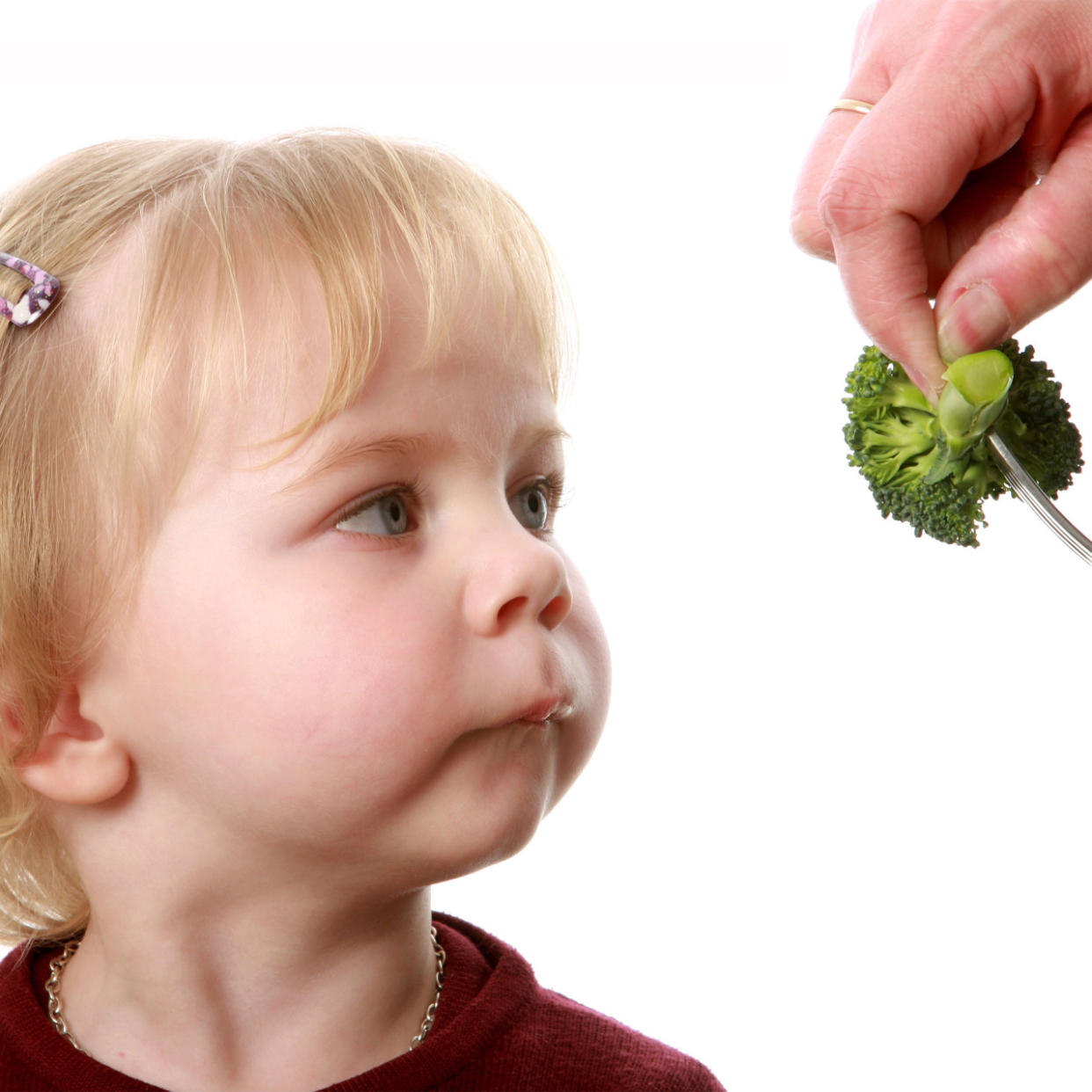One Big Reason Wealthier Kids End Up Liking Healthier Foods

© david cruickshanks / Alamy
We all know that it’s tough to get kids to choose healthy foods over sugary treats. It’s also well established that families with lower incomes are at greater risk for making unhealthy food choices—but a study now says that not only do wealthier kids have access to more varied food options, they are also more likely to develop a taste for healthier food.
On its face, that conclusion might seem obvious—healthier food is usually more expensive and people with the income to afford a particular item are more likely to develop a taste for it. But those facts don’t tell the whole story. It’s also about having the disposable income required to offer a child food they will refuse repeatedly, until their palate finally develops.
The study, published in Social Science and Medicine, points out that a component of getting a kid to enjoy a healthier food option—say kale and brussel sprouts—is about repetition. They will refuse it at first, but if the parent or caregiver keeps trying, eventually the child will begin to like it. That sort of repetition (and waste) is obviously something a family on a tighter budget can’t afford.
Caitlin Daniel, the Harvard sociology student who conducted the study, interviewed 75 Boston-area families about their grocery shopping and eating habits. Daniel discovered in her research that those with more disposable income weren’t thrilled their kids were wasting certain healthy foods, but it didn’t stop them from continuing to buy it and make repeated attempts.
If you are constrained by a tight budget, there are some ways to move kids toward better nutrition, though. “We know that multiple exposures to new food—up to 15 or 20 times—are necessary before children accept the foods and this is definitely a costly endeavor,” says registered dietitian and nutritionist Jessica Fishman Levinson, founder of Nutritioulicious, “but there are many other factors involved in helping children eat new foods, including role modeling by parents, adding these foods to meals in a way that is more acceptable and palatable to children, and finding ways to lessen food waste by using the leftovers for future meals, which is challenging for all parents.”
If you’re looking for a kid-friendly way to use some of those leftovers, try this recipe for no-waste veggie chips.
Related: Can a Campaign for Healthy Food Porn Make Us Eat Better?
This Device Can Tell You What to Eat and When to Eat It
Too Many Brands to Choose from May Lead to Overeating

